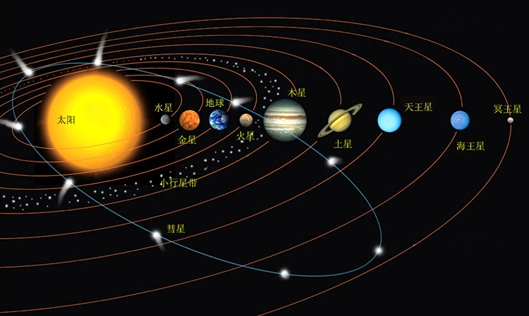By the early 1900s, it had often become impossible to know whether an asteroid that popped into view was new or simply one that had been noted earlier and then lost track of. By this time, too, astrophysics had moved on so much that few astronomers wanted to devote their lives to anything as mundane as rocky planetoids. Only a few astronomers, notably Gerard Kuiper, the Dutch-born astronomer for whom the Kuiper belt of comets is named, took any interest in the solar system at all. Thanks to his work at the McDonald Observatory in Texas, followed later by work done by others at the Minor Planet Center in Cincinnati and the Spacewatch project in Arizona, a long list of lost asteroids was gradually whittled down until by the close of the twentieth century only one known asteroid was unaccounted for—an object called 719 Albert. Last seen in October 1911, it was finally tracked down in 2000 after being missing for eighty-nine years.

So from the point of view of asteroid research the twentieth century was essentially just a long exercise in bookkeeping. It is really only in the last few years that astronomers have begun to count and keep an eye on the rest of the asteroid community. As of July 2001, twenty-six thousand asteroids had been named and identified—half in just the previous two years. With up to a billion to identify, the count obviously has barely begun.












